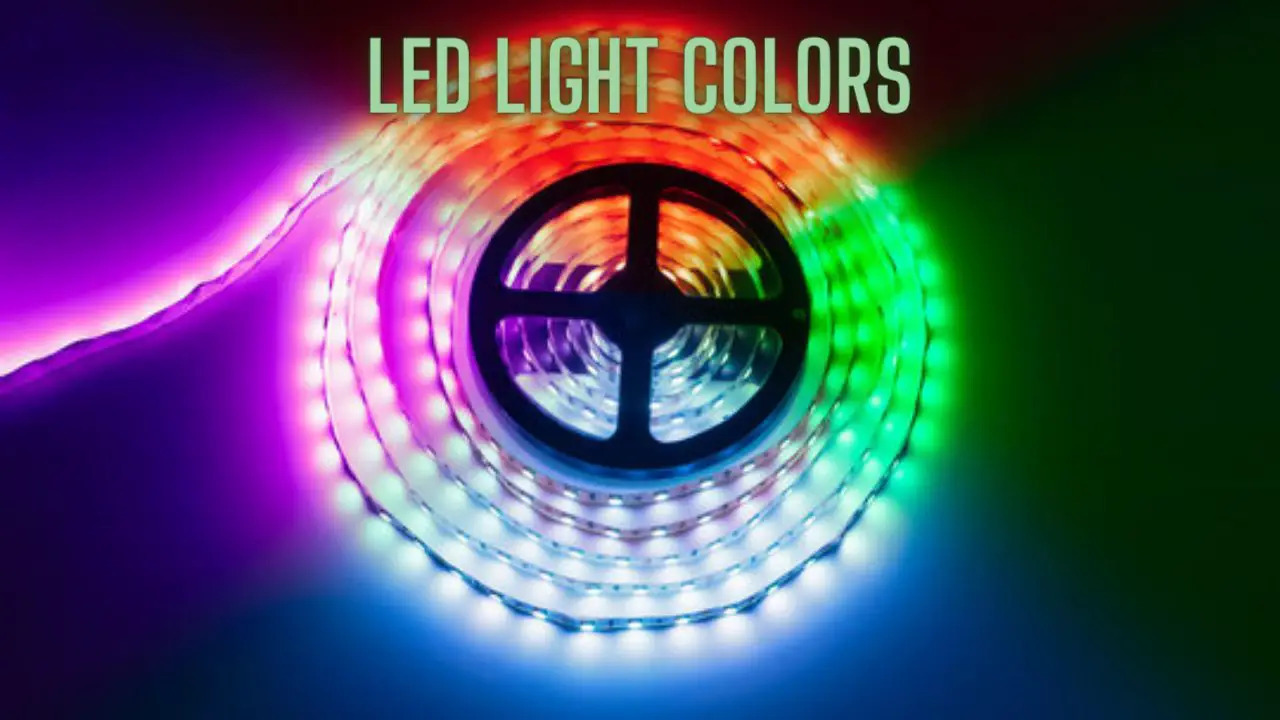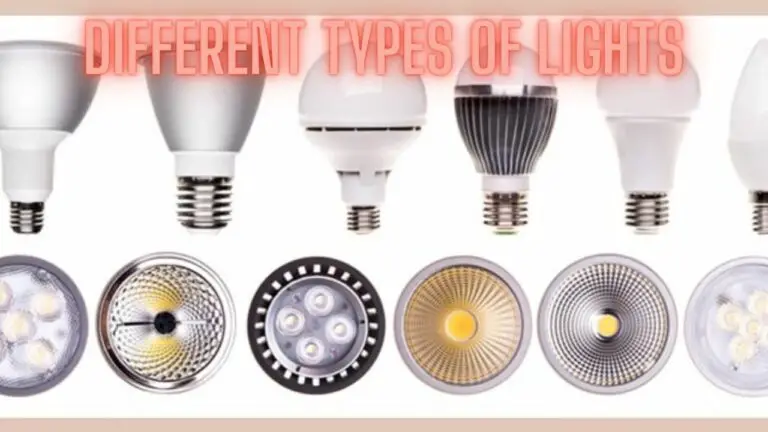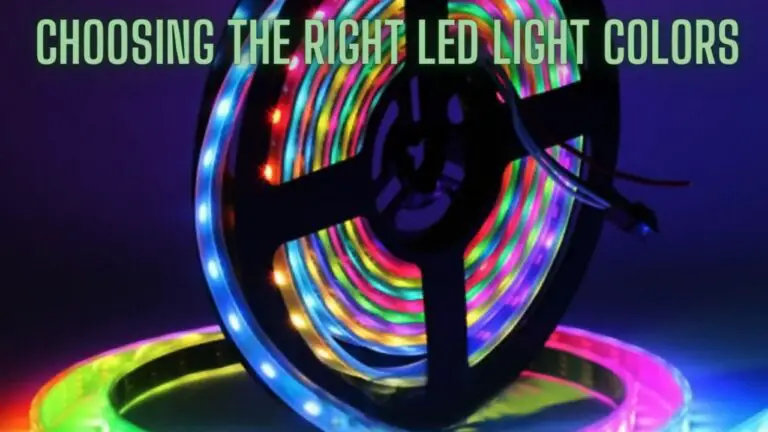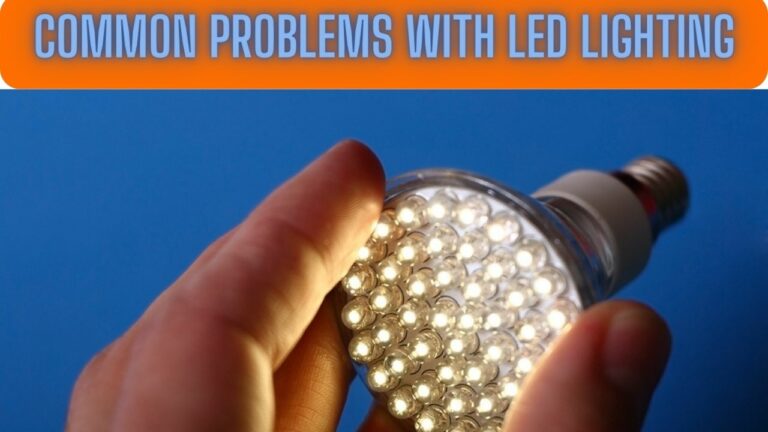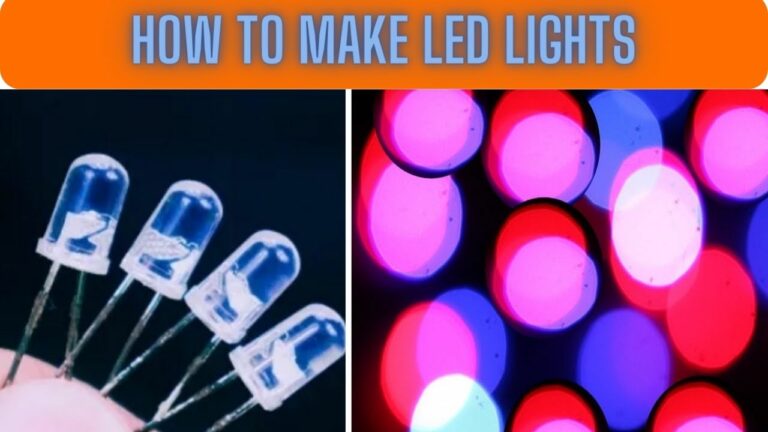Illuminating the Spectrum: A Deep Dive into LED Light Colors
Introduction
Light-emitting diode (LED) technology has revolutionized the way we illuminate our surroundings. One of the key features that make LEDs so versatile is their ability to emit light in a wide range of colors. From the soothing warmth of soft white to the vibrant hues of RGB, LED light colors have become an integral part of our homes, workplaces, and recreational spaces. In this comprehensive guide, we will explore the science behind LED light colors, the different color temperatures, applications of various colors, and the impact of LED lighting on our daily lives.
Understanding the Basics of LED Light Colors
A. How Do LEDs Produce Light?
- LED lights generate light through a process called electroluminescence. When an electric current is applied to a semiconductor material within the LED, it emits photons, producing visible light. The color of the light is determined by the specific materials used in the LED’s construction.
B. Color Rendering Index (CRI):
- CRI is a measure of how accurately a light source reproduces the colors of objects compared to natural sunlight. LEDs generally have a high CRI, ensuring that illuminated spaces appear vibrant and true to color.
The Color Temperature Spectrum
A. Kelvin Scale:
- The Kelvin (K) scale is used to measure the color temperature of light. Lower Kelvin temperatures represent warm or yellowish light, while higher temperatures indicate cool or bluish light.
B. Warm White (2700K – 3000K):
- Warm white LEDs emit a cozy and inviting light similar to traditional incandescent bulbs. They are popular in residential settings, creating a comfortable and relaxed ambiance.
C. Neutral White (3500K – 4100K):
- Neutral white LEDs provide a balanced and natural light, suitable for various applications such as offices, kitchens, and retail spaces. They offer good color rendering and a crisp, clean appearance.
D. Cool White (5000K – 6500K):
- Cool white LEDs emit a bright and energizing light, often used in commercial and industrial settings where task lighting and visibility are crucial. They can create a modern and efficient atmosphere.
E. Daylight White (6500K and above):
- Daylight white LEDs mimic the color temperature of natural daylight. They are favored in areas where precise color perception is essential, such as art studios, laboratories, and medical facilities.
RGB LEDs and Color Mixing
A. Red, Green, and Blue (RGB) LEDs:
- RGB LEDs contain individual red, green, and blue diodes that can be combined to produce a vast spectrum of colors. By adjusting the intensity of each diode, users can create millions of colors.
B. Color Mixing Techniques:
- Additive Color Mixing: In RGB systems, colors are created by adding varying intensities of red, green, and blue light. Mixing all three at maximum intensity produces white light.
- Subtractive Color Mixing: In subtractive color systems, such as printing or painting, colors are created by subtracting certain wavelengths of light. Combining cyan, magenta, and yellow produces black.
C. Applications of RGB LEDs:
- RGB LEDs find applications in entertainment, architectural lighting, gaming setups, and accent lighting. Smart LED strips and bulbs with RGB capabilities allow users to customize and control the color of their lighting through mobile apps or voice commands.
Psychological and Biological Impact of LED Colors
A. Circadian Rhythm and Color Temperature:
- The color temperature of light can influence our circadian rhythm, affecting sleep-wake cycles and overall well-being. Exposure to cooler light temperatures in the morning and warmer tones in the evening can help regulate our biological clock.
B. Mood and Productivity:
- Different LED colors can have psychological effects on mood and productivity. Warm white light is often associated with comfort and relaxation, while cooler tones can enhance alertness and focus.
C. Color Therapy:
- Some studies suggest that exposure to specific colors of light may have therapeutic benefits. For example, blue light is linked to improved concentration, while warm colors may promote relaxation.
Practical Applications of LED Light Colors
A. Residential Lighting:
- In homes, a combination of warm white and neutral white LEDs is commonly used. Warm white creates a cozy atmosphere in living spaces, while neutral white is preferred for kitchens and task-oriented areas.
B. Commercial and Industrial Lighting:
- Cool white and daylight white LEDs are prevalent in commercial and industrial settings, providing bright and efficient illumination for offices, warehouses, and manufacturing facilities.
C. Architectural Lighting:
- RGB LEDs play a significant role in architectural lighting, allowing buildings to be illuminated in a spectrum of colors for aesthetic purposes. Dynamic lighting setups can transform the appearance of structures during different times of the day or for special events.
D. Entertainment and Events:
- RGB LED lighting is extensively used in entertainment venues, concerts, and events to create visually stunning displays. The ability to change colors dynamically adds a dynamic and immersive element to the experience.
Tips for Choosing and Using LED Light Colors
A. Consider the Room’s Function:
- Choose LED colors based on the function of the room. Warm white is suitable for bedrooms and living rooms, while cool white or daylight white may be preferable in workspaces.
B. Experiment with RGB Lighting:
- For creative lighting setups, especially in entertainment areas or gaming spaces, experiment with RGB LEDs. Explore different color combinations and dynamic effects to personalize your environment.
C. Be Mindful of CRI:
- When selecting LED lights, consider the Color Rendering Index (CRI) to ensure accurate color representation. A higher CRI is essential in spaces where color accuracy matters, such as art studios or retail environments.
D. Use Dimmers and Smart Controls:
- Dimmers and smart controls allow you to adjust the intensity and color of your LED lights. This flexibility enables you to create different atmospheres and adapt the lighting to various activities.
E. Prioritize Energy Efficiency:
- Opt for energy-efficient LED lights with high lumens per watt ratings. This not only reduces electricity consumption but also contributes to sustainability.
Future Trends in LED Color Technology
A. Tunable White LEDs:
- Tunable white LEDs allow users to adjust the color temperature of the light to match the natural daylight cycle. This technology is gaining popularity in residential and commercial applications for its impact on circadian rhythms.
B. Smart Lighting Integration:
- The integration of LED lighting with smart home systems continues to evolve. Voice-controlled lighting, automated color-changing scenarios, and adaptive lighting based on user preferences are becoming more sophisticated.
C. Health-Centric Lighting:
- Ongoing research explores the potential health benefits of LED lighting, including the development of lighting systems that mimic natural sunlight to positively influence human health and well-being.
D. Improved Color Mixing Technologies:
- Advancements in color mixing technologies for RGB LEDs may result in more precise and vibrant colors, expanding the creative possibilities for lighting designers and enthusiasts.
FAQS
How do LED lights produce different colors?
- LED lights produce different colors through a process called electroluminescence. The specific materials used in the LED determine the color emitted when an electric current is applied to the semiconductor.
What is the Kelvin scale in LED lighting?
- The Kelvin (K) scale is used to measure the color temperature of LED lights. Lower Kelvin temperatures represent warmer, yellowish light, while higher temperatures indicate cooler, bluish light.
What is the difference between warm white and cool white LED lights?
- Warm white LED lights have a lower color temperature (around 2700K – 3000K) and emit a cozy, yellowish light similar to traditional incandescent bulbs. Cool white LED lights (5000K and above) produce a brighter, bluish light suitable for task lighting and areas where visibility is crucial.
Can LED lights change colors?
- Yes, RGB LEDs have the ability to change colors. RGB stands for red, green, and blue, and by adjusting the intensity of each diode, millions of colors can be created. RGB LEDs are often used in applications where dynamic and customizable lighting is desired.
What is color rendering index (CRI) in LED lighting?
- Color Rendering Index (CRI) is a measure of how accurately a light source reproduces the colors of objects compared to natural sunlight. A higher CRI indicates better color accuracy, important in settings where color perception is critical, such as art studios or retail environments.
How do LED light colors impact mood and productivity?
- LED light colors can impact mood and productivity. Warm white light is often associated with comfort and relaxation, while cooler tones can enhance alertness and focus. The psychological effects of LED colors can influence the atmosphere in residential, commercial, and workspace settings.
Can LED lights influence circadian rhythm?
- Yes, LED lights, especially those with tunable white technology, can influence circadian rhythm. Adjusting the color temperature throughout the day to mimic natural daylight can help regulate sleep-wake cycles and contribute to overall well-being.
What are some practical applications of RGB LEDs?
- RGB LEDs find applications in entertainment, architectural lighting, gaming setups, and accent lighting. They are used to create dynamic and customizable lighting displays in various settings.
How do I choose the right LED color for a specific room?
- Consider the function of the room when choosing LED colors. Warm white is suitable for bedrooms and living rooms, neutral white works well in kitchens and task-oriented areas, and cool white or daylight white is preferable in workspaces.
Can LED lights be dimmed, and how does it affect color?
- Yes, many LED lights can be dimmed. Dimming LED lights can affect the color temperature. As the intensity decreases, warm white LEDs may appear even warmer, while cool white LEDs may shift towards warmer tones.
Are there health benefits associated with specific LED colors?
- Some studies suggest that exposure to specific colors of light may have therapeutic benefits. For example, blue light is linked to improved concentration and may be used to mitigate certain health issues.
What is the future of LED color technology?
- The future of LED color technology includes advancements such as tunable white LEDs for circadian lighting, improved color mixing technologies for RGB LEDs, and continued integration with smart home systems for more sophisticated control and customization.
Conclusion
In the kaleidoscope of LED light colors, science meets art to create environments that are not only visually appealing but also tailored to our physiological and psychological needs. From the soft glow of warm white in our homes to the dynamic displays of RGB in entertainment venues, LED lights have transformed the way we perceive and interact with our surroundings.
As technology continues to advance, the future promises even more exciting developments in LED color technology. Whether you’re seeking a calming atmosphere for relaxation, a productive workspace, or a vibrant display for entertainment, the world of LED light colors offers a palette of possibilities. Embrace the spectrum, explore the creative potential, and let LED lighting illuminate your world in ways that were once unimaginable.

